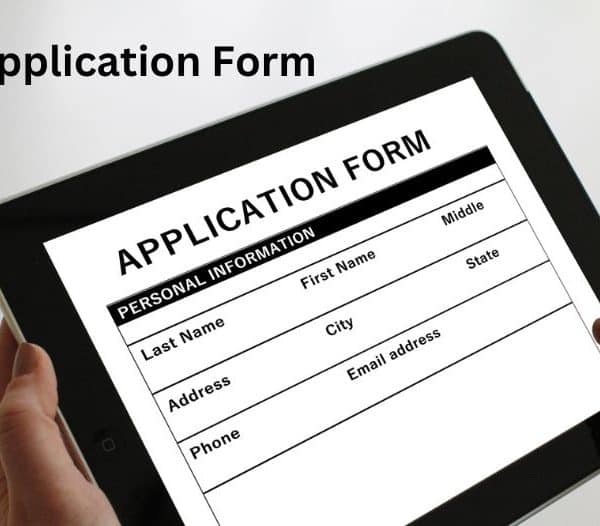Combined Defense Services (CDS) is conducted by Union Public Service Commission (UPSC) twice a year for candidates interested to take admission into the Indian Military Academy, Officers Training Academy, Indian Naval Academy, and Indian Air Force Academy. Read the article till the to know all about the CDS exam.
CDS Exam Pattern
The CDS exam is taken in two phases:
- Written Exam (Multiple Choice Questions)
- Personality and Interview test
The paper pattern of the exam is:
| Subject | Duration | Marks |
| English | 2 Hours | 100 |
| General Knowledge | 2 Hours | 100 |
| Elementary Mathematics | 2 Hours | 100 |
Note: Candidates who want to take admission in Officers Training Academy (OTA), they need to attempt only English and General Knowledge.
All questions will be MCQs type and there will be a deduction of ⅓ for every wrong answer.
Also Read : Current Affairs for CDS 2 2020: Tips to Prepare GK for CDS in the Best Way
CDS Syllabus
As now we have understood the paper pattern and marking scheme let us know to understand the Syllabus for CDS in detail.
CDS GK Syllabus
General Knowledge including knowledge of current events and of such matters of everyday observation and experience in their scientific aspects as may be expected of an educated person who has not made a special study of any scientific subject. The paper will also include questions on the History of India and Geography of nature which the candidate should be able to answer without special study.
CDS English Syllabus
The question paper will be designed to test the candidates’ understanding of English and workmanlike use of words.
CDS Elementary Mathematics Syllabus
Elementary Mathematics Syllabus contents are:
- Arithmetic
- Algebra
- Trigonometry
- Geometry
- Mensuration
- Statistics
Let’s understand the above contents in detail.
Arithmetic
Number System—Natural numbers, Integers, Rational and Real numbers. Fundamental operations, addition, subtraction, multiplication, division, Square roots, Decimal fractions. Unitary method, time and distance, time and work, percentages, applications to simple and compound interest, profit and loss, ratio and proportion, variation.
Elementary Number Theory—Division algorithm. Prime and composite numbers. Tests of divisibility by 2, 3, 4, 5, 9, and 11. Multiples and factors. Factorization Theorem. H.C.F. and L.C.M. Euclidean algorithm. Logarithms to base 10, laws of logarithms, use of logarithmic tables.
Algebra
Basic Operations, simple factors, Remainder Theorem, H.C.F., L.C.M., Theory of polynomials, solutions of quadratic equations, the relation between its roots and coefficients (Only real roots to be considered). Simultaneous linear equations in two unknowns—analytical and graphical solutions. Simultaneous linear inequations in two variables and their solutions.
Practical problems leading to two simultaneous linear equations or inequations in two variables or quadratic equations in one variable & their solutions. Set language and set notation, Rational expressions and conditional identities, Laws of indices.
Trigonometry
Sine ×, cosine ×, Tangent × when 0° < × < 90° Values of sin x, cos x and tan x, for x = 0°, 30°, 45°, 60° and 90° Simple trigonometric identities. Use of trigonometric tables. Simple cases of heights and distances.
Geometry
Lines and angles, Plane and plane figures, Theorems on
(i) Properties of angles at a point
(ii) Parallel lines
(iii) Sides and angles of a triangle
(iv) Congruence of triangles
(v) Similar triangles
(vi) Concurrence of medians and altitudes
(vii) Properties of angles, sides and diagonals of a parallelogram, rectangle, and square
(viii) Circles and its properties including tangents and normals
(ix) Loci.
Mensuration
Areas of squares, rectangles, parallelograms, triangle, and circle. Areas of figures which can be split up into these figures (Field Book), Surface area and volume of cuboids, lateral surface and volume of right circular cones and cylinders, surface area and volume of spheres.
Statistics
Collection and tabulation of statistical data, Graphical representation frequency polygons, histograms, bar charts, pie charts, etc. Measures of central tendency.
Also Read: UPSC Maths Optional Question Papers
Boost Your CDS GK Preparation
Here are few tips for your CDS GK preparation:
- Know the syllabus thoroughly –
Before you start studying for any UPSC exam you need to know the syllabus inch by inch. After knowing the syllabus figure the topics in which you are strong and the topics in which you are weak.
- Going through previous year papers –
After you go through the previous year paper, you will be able to figure exactly what the exam is expecting from you. This helps you understand which topics are important from the exam point of view.
- Organizing your studies –
Make a proper time table for studying. Stick to that time table. Distribute equal time for all the topics.
- Reading newspaper daily –
Newspapers are the best source for studying current affairs. Develop a habit of reading newspapers daily. Read good newspapers.
- Giving mock tests –
Practice giving mock tests as many mock tests as possible before giving the actual exam.
CDS GK Reference Books
Some reference books which you can study for your CDS GK preparation are:
- General Knowledge ( Latest Edition)-Manohar Pandey
- Manorama Yearbook-Malayala Manorama Publishers
- For current affairs read newspapers like The Hindu, Indian Express etc.
CDS GK Questions
Here are some previous year question papers for CDS GK.
For the year 2020:
- CDS I General Knowledge
- CDS II is set to be on November 8, 2020
For the year 2019:
For the year 2018
For the year 2017
For the year 2016
Also Read: UPSC Preparation Tips for Beginners
Conclusion
Combined Defense Services (CDS) is conducted twice a year. Candidates who want to opt for Officers Training Academy (OTA) shall attempt only General Knowledge and English. The CDS exam is taken in two phases which are written exam and interview. Written exam questions are MCQs.
One should start preparing for GDS GK six months prior to the exam. For studying current events reading newspapers is recommended. Consistent practice by giving mock tests is a must if you are aiming to score well.






